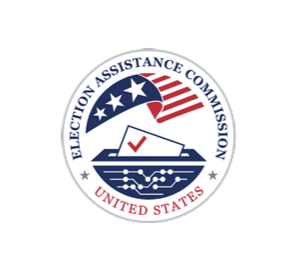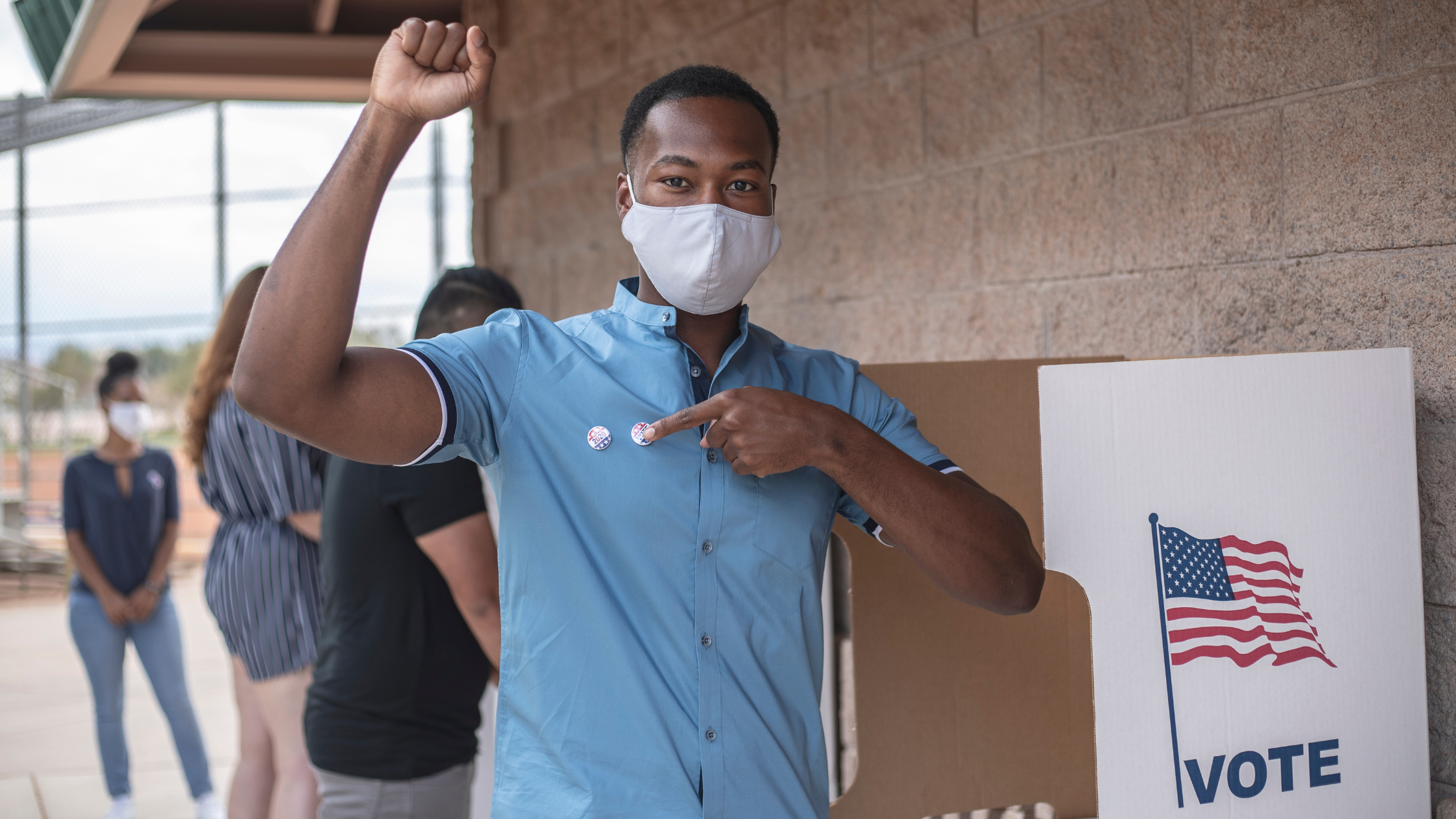The last two decades have seen a large expansion in the number of states offering options to vote before election day, from 24 states in 2000 to 46 states in 2024. Put another way: In the 2000 general election, 40% of all voting-age citizens lived in states that offered at least one option for voting before election day—such as early in-person voting or mail ballots. As of this writing, nearly 97% of all voting-age citizens will live in states that will offer at least one option to vote before election day in the 2024 election.
Disability and Voter Turnout in the 2022 Elections
- Based on Census data, voter turnout increased in 2022 by 1.6 points among citizens with disabilities relative to the 2018 midterm elections, while it decreased among citizens without disabilities by 1.6 points.
- This increase helped close but did not eliminate the turnout gap between citizens with and without disabilities, which went from -4.8 points in 2018 to -1.5 points in 2022.
- The increased turnout among people with disabilities occurred across all disability types and demographic categories—gender, race/ethnicity, age group, and region—but was especially pronounced among young voters with disabilities.
Unite America: Analysis of the Impact and Progress of Four Political Reforms
Vote by Mail in 2020 and Our Collective Opportunity in 2022
“The 2020 elections presented unique challenges and opportunities that fueled a meteoric rise in the use of vote-by-mail (VBM). Since the 1800s, absentee ballots by mail have been part of our democracy. For most of that history, voters were typically required to provide an excuse for casting an absentee ballot. But in the 1980s, California introduced an expansive policy that opened VBM to all voters. By 2016, 27 states adopted a similar voting policy. By 2020, hastened by the COVID-19 pandemic, 34 states allowed voters to request mail ballots without providing an excuse. Deliver My Vote Education Fund (DMVEF) examined VBM trends in five key states (Florida, Michigan, Pennsylvania, Georgia, and Wisconsin) from 2016 to 2020 to understand this massive shift in VBM use. Voters of all backgrounds embraced VBM as a safe way to vote during the pandemic, while also realizing the remarkable convenience.”
Does Voting by Mail Increase Fraud? Estimating the Change in Reported Voter Fraud When States Switch to Elections By Mail
U.S. voters recently participated in the 2020 general election, which determined the next president as well as other public officials at the federal, state, and local level. While Election Day was officially Tuesday, November 3, many voters cast their ballots early—either in person or by mail. This article examines the claim that states can expect more cases of voter fraud when ballots are distributed by mail. It does not consider the consequences of early in-person voting or other challenges facing voting by mail, such as the timeliness of the U.S. Postal Service or the reporting of election results. Nor does it consider whether voters are more likely to incorrectly mark their ballots or whether election workers are more likely to incorrectly reject ballot.
The participatory and partisan impacts of mandatory vote-by-mail
Policy-makers disagree on the merits of mandatory vote-by-mail. Many of these debates hinge on whether mandatory vote-by-mail advantages one political party over the other. Using a unique pairing of historical county-level data that covers the past three decades and more than 40 million voting records from the two states that have conducted a staggered rollout of mandatory vote-by-mail (Washington and Utah), researchers used several methods for causal inference to show that mandatory vote-by-mail slightly increases voter turnout but has no effect on election outcomes at various levels of government. Their results find meaning given contemporary debates about the merits of mandatory vote-by-mail. Mandatory vote-by-mail ensures that citizens are given a safe means of casting their ballot while simultaneously not advantaging one political party over the other.
Safeguards for Equity in the Vote at Home Model
The following report outlines the most current research on the inclusion of these populations in existing VAH systems, as well as the elements in those systems that must be maintained in any new implementation models in order to increase that inclusion. As more states adopt these measures, we will continue to evaluate their impact on voters to close access gaps as much as possible.
Age Discrimination In Voting At Home
In several states, the opportunity to vote from home is reserved for only a subset a voters — most often seniors and the physically disabled. However, these laws that discriminate on the basis of age may be in violation of the Twenty-Sixth Amendment.
Colorado Voting Reforms: Early Results
Significant changes to Colorado election law necessitated an overhaul of the state’s voting process. The Voter Access and Modernized Elections Act of 2013 mandated that mail ballots be sent to every registered voter for most elections; eliminated assigned polling places while establishing voter service and polling centers where any voter in a county can cast a ballot—either early or on Election Day; authorized in person same-day registration; and shortened the state residency requirements for voter registration.
The Pew Charitable Trusts funded research on the impact of these changes, and although study of future elections is needed to better evaluate the effects, initial findings include:
- Costs decreased by an average of 40 percent in five election administration-related categories. The 46 (of 64) counties with data available spent about $9.56 per vote in the 2014 general election, compared with nearly $16 in 2008.1
- The use of provisional ballots declined nearly 98 percent. In the 2010 general election, voters in the state cast 39,361 provisional ballots. In 2014, that number dropped to 981.
- Nearly two-thirds of voters in the 2014 general election said they returned their ballots in person, rather than by mail. Of these voters, almost 80 percent said it took them less than 10 minutes to get to a designated location, usually a drop box.









